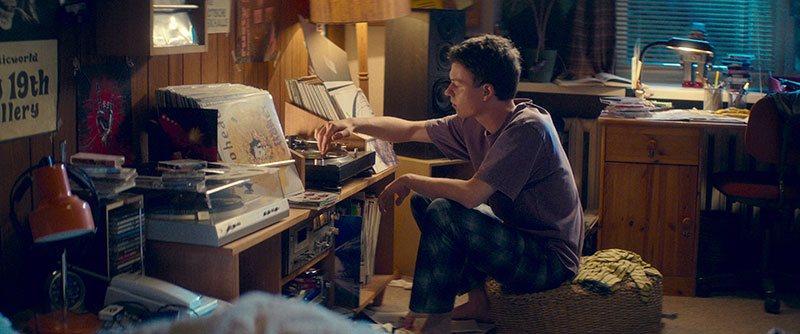Sebastian Gohs talks about his start in colour grading, working as a freelancer, recent work on Amazon TV series ‘The Gryphon’ and learning to make the most of Baselight’s grading system.
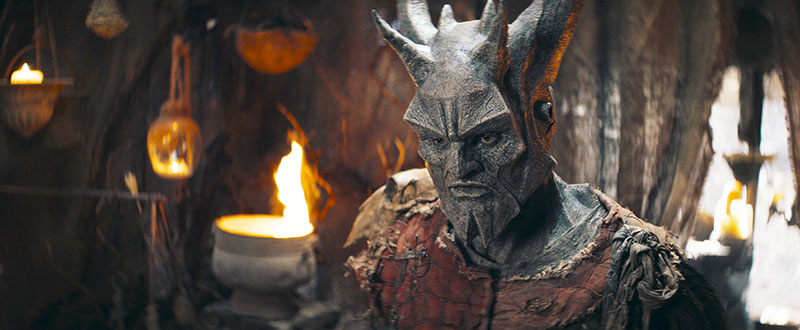
Based in Berlin, Sebastian Göhs is a freelance senior colourist, whose work spans feature films, TV series and commercials. Recently, he graded one of Amazon’s top shows in Germany, The Gryphon, and during his earlier career, he graded In Darkness, which won the Golden Frog at Camerimage festival in 2011 and was nominated for an Academy Award.
Some years before making the move into colour grading, he started training as a film and video editor in 2002, at one of the oldest film labs in Europe, Geyer Berlin. After working in the telecine department and the VTR room, he moved to the digital lab, where he learned to use various software such as Shake, Flame, Smoke and Digital Fusion, and gained film scanning and recording skills on ARRISCAN and ARRILASER.
“I also worked with Avid, collaborating with our tech department to set up editing rooms and take care of the dailies process and sound syncing. Here, I acquired a good understanding of the different stages of the post-production process. So, I have been lucky over the years to have the support of a company and an environment to develop in, which brought many opportunities my way," he said.

“In particular, when our company made the switch to non-linear colour grading, our house decided on Discreet Lustre and needed someone to teach our colourists the tools. As I was familiar both with the linear tape-to-tape and telecine workflow, as well as with Flame’s and Smoke’s software tools, I became a Lustre assistant and got to sit in the grading suite, working in tandem with the senior colourists.”
Sebastion soon had the opportunity to work on a full feature film with a DoP and a director who he had been acquainted with on a past project. The project went well and later gave him the chance to prove himself as a full-time colourist on several follow-up projects. Today, you’ll usually find him working on mainstream feature films and series with the occasional art project, music video or commercial.
Colour and Audiences
Simon believes that colour shapes images in a very similar way to how audio influences a story. “Colour can mould the picture in different directions, whether it is dark and gloomy, sunny and happy, sad or suspenseful,” he said. “We can enhance certain parts of the image, as well as dial back or hide certain things, to direct the viewers’ attention to where the DoP and director want it to be.
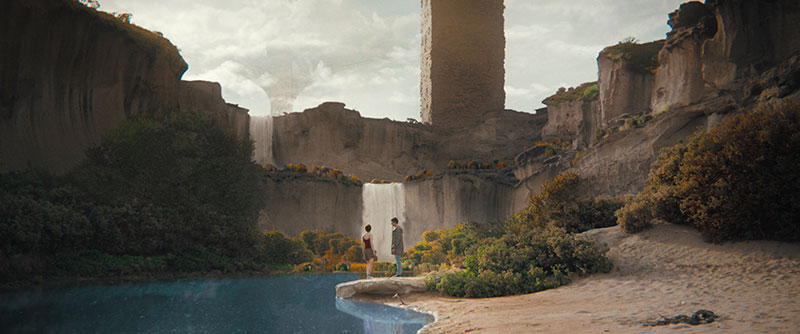
“A look won’t make a movie, but poor colour grading can break the connection with the audience. A frequent request is the emulation of certain film stocks or a ‘film look’, to bring a slightly analogue feel to the footage and take off the digital edge.
Colour Palettes, Psychology and Gut Feelings
“Knowing when a specific colour scheme does or doesn’t work is mostly a gut feeling. Usually, I have a strong reaction to a colour palette and contrast and whether or not it goes well with the story, or if it counteracts it and drags the attention away. I use the tools to steer the footage accordingly without being too technical about the process. However, the DoP and director are always my most important guides. In the end it is their show.”
Because of this, what he finds hardest is the psychological component when creative differences arise between production, the director and the DoP. It surprises him that many communication problems and politics can be involved in a process that he feels should be straightforward. “Compromise tends to make people unhappy, especially if it’s negotiated late in the process,” he said. “I like to get involved as early on in the process as I can, develop the look and on-set LUTs for the cameras and talk to the on-set colourist. That way, there are few surprises.
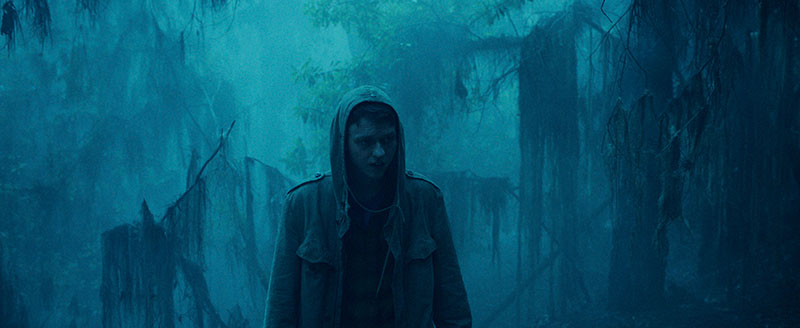
“With adequate preparation and dailies that are aligned with the DoP’s vision, production and the director get used to the dailies during the editing process. But when the look changes significantly, you are likelier to experience problems during approval sessions. ‘Different’ can often be perceived as scary – the fact that the new look might be better or more fitting can be overlooked.”
Introduction to Baselight
From 2015, when his team at Rotor Film were building the picture department, Sebastian dove deep into the FilmLight Baselight grading system. He has been using the system steadily for eight years now, and its flexibility, technical quality and colour management are key factors for him. The tools and built-in core looks, combined with its ability to move directly between cinema, SDR and HDR outputs, often means he can move faster and produce results quicker.
“The toolset is always evolving and the support from FilmLight has never let me down,” he said. “I like to start with a general look and feel and chip away piece by piece over the project, ending at the final product. Usually our grading time is limited, although on the high-end serial projects there are efforts to allow more time to push the quality of the grade.”
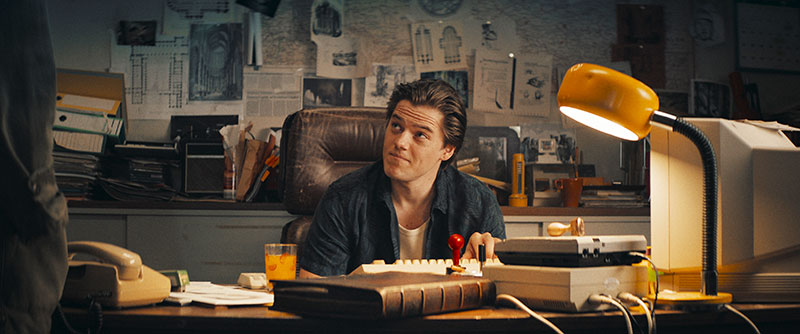
Challenged by Fantasy
Sebastian's recent work on the Amazon fantasy series The Gryphon stands out for him in terms of using Baselight to overcome some unusual challenges. He got involved fairly late in the process, which he said is unusual for a German production of this size. The look development had been done by a different colourist before the shoot and evolved even further on set during the production.
He said, “This meant I was confronted with a certain set of expectations for the look and the grading system, which was Resolve when I arrived on the job. However, several problems came up with the dailies grades and the LUTs. After looking through the set-up and talking things through with the DoP, the post technicians, the post-production-supervisor and the DIT, I was able to convince the team to move the job to Baselight, where I could re-build the core looks using bits and pieces from the original set-up.”
It was clear that the picture pipeline had to be re-built from scratch, including the core looks, and he wanted to avoid compromising on the quality of colour management, the tools and performance. “I knew that I would have to deliver an HDR master, but at the same time try and make the DoP – who was used to SDR workflows and SDR references – 100% happy. FilmLight’s Truelight Colour Spaces allowed me move fluidly between display spaces, giving the DoP the confidence that his SDR master would be exactly as he liked, without having to compromise on the HDR master,” he said.
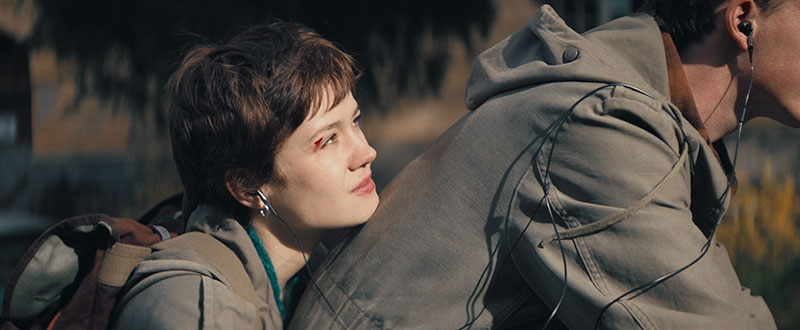
Worlds Apart
For the look, the DoP and the show runner were aiming to create a nostalgic feel of the 1980s and ‘90s cinema – the Amblin movies in particular. [E.T., Empire of the Sun, Gremlins, Back to the Future and so on]. The DoP insisted on referencing a Kodak 2393 print simulation he had used during look creation, so Sebastian based the main show look on this, working out the quirks and limitations to result in a good base for the HDR master.
The Gryphon jumps between the real world and the fantasy world of the dark tower which has different levels and ceilings. It also shifts between two time periods – the 1980s and 1990s. Dealing with those contrasts in the grade involved keeping the ‘here and now’ plane at a medium contrast and a realistic colour palette to offset the otherworldly nature of the dark tower.
“This otherworldly look was achieved very much in spirit of the '80s/’90s movies, mostly through set decoration, costumes, practical effects, well-placed VFX, as well as some help in colour grading. We darkened the skies wherever it seemed appropriate, gave it an otherworldly colour and enhanced the colour of the vegetation, to get the message across that they were ‘not in Kansas anymore’.
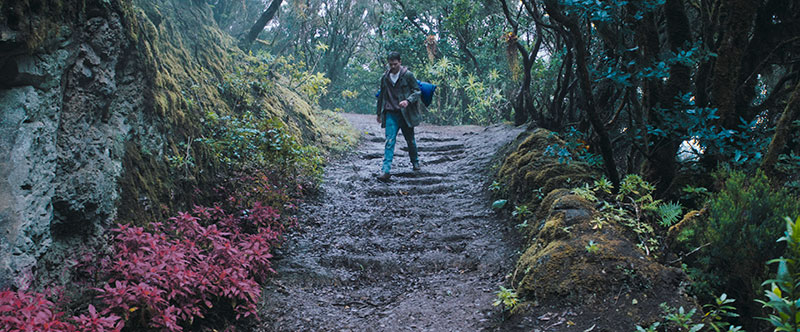
“The dark tower is a weird world with strange creatures and different biomes directly next to each other. For the flashback sequences we went for a low-contrast, pre-flashed magenta look, as the DoP was very keen to stay on the analogue side of things.”
Freelance Life
As a freelancer who often works from home and prepares projects on the go, without permanent access to a full Baselight system, he has put together a system-agnostic workaround. “I own a FilmLight Daylight license and Baselight LOOK, and rely heavily on FilmLight Truelight Colour Spaces as well as certain tools in the Baselight toolset,” he said. “Daylight gives me the full functionality of the Baselight and I can create looks and set-ups that I can move to the full Baselight systems without compromising.”
Baselight LOOK has some limitations but does allow him to experiment with compositing effects on the timeline. It is a Mac-only version of the Baselight software, which FilmLight has developed as a tool used in their Learning Programme. Users can create, develop and export BLG files that can then be integrated into commercial production pipelines. LOOK also supports some professional SDR and HDR monitors, and includes most of the features and functions of a full turnkey Baselight system, with a few restrictions.
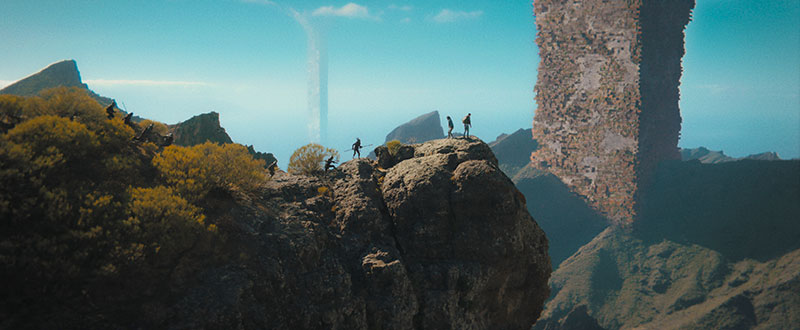
“For other grading systems, I generate 64x64 cubes of my looks on a per-project basis, and if I need access to a class-1 HDR monitor, I usually talk to the post houses I work with," Sebastian said. "I get to work in a variety of facilities, meet an array of talented people and experience all sorts of workflows. Freelancing is great for keeping a fresh perspective on things. I enjoy learning and, of course, I also get to decide for myself how much I work.
“The downside is obviously the life away from my home and kids, the hotel lifestyle and occasionally having to chase clients to pay their invoices. I also miss the ability to sit on a Blackboard 2 in front of a class-1 broadcast monitor, or in a cinema, whenever I like – something which was a lot easier when I was employed as the head of a picture department.” www.filmlight.ltd.uk
The Gryphon Images: © Amazon Studios / W&B Television GmbH
